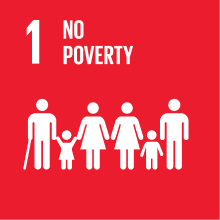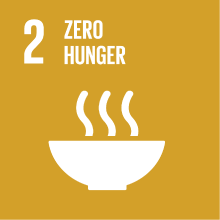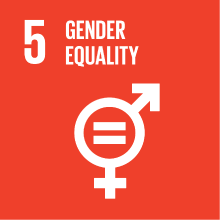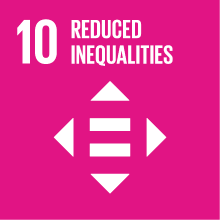HISPANIC AMERICAN LITERATURE 2 MOD. 2
- Academic year
- 2025/2026 Syllabus of previous years
- Official course title
- LETTERATURE ISPANO-AMERICANE 2 MOD. 2
- Course code
- LT002Q (AF:593138 AR:324488)
- Teaching language
- Italian
- Modality
- On campus classes
- ECTS credits
- 6 out of 12 of HISPANIC AMERICAN LITERATURE 2
- Degree level
- Bachelor's Degree Programme
- Academic Discipline
- L-LIN/06
- Period
- 1st Semester
- Course year
- 2
- Where
- VENEZIA
- Moodle
- Go to Moodle page
Contribution of the course to the overall degree programme goals
Expected learning outcomes
1. The first objective of the course is to offer students the theoretical foundations inherent to the history of Hispanic-American literatures in its chronological evolution starting from the 20th century.
2. The second objective is to provide the methodological tools aimed at analyzing the most significant Hispanic-American literary productions of the 20th century in order to interpret literary texts from a cultural and narratological point of view.
3. The third objective concerns the ability to apply the knowledge acquired. The theoretical tools learned will be applied to texts selected among the most important expressions of Hispanic America in the periods considered. The texts will be analyzed and commented on from a cultural and literary-critical point of view in their original elaboration in Spanish, in order to help students develop the ability to identify themes and problems common to different poetics and authors.
4. finally, the course aims to develop the ability to learn the topics and tools offered during the course, as well as communication skills.
Pre-requirements
Contents
The course intends to provide an overview of the cultures and literary productions of the Hispanic-American continent, embracing the time span that encompasses the entire 20th century and which coincides with the conformation and consolidation of cultural identities and literary originalities.
In the first part we will address texts focused on the relationship between human beings and the environment, on the problem of the land and on the productions of the native populations, while in the second part we will focus on texts belonging to magical realism and the Rioplatense fantastic.
The lessons will take place as follows:
1. Introduction of the author through biographical notes functional to tracing the most important topics of his work.
2. Presentation of the author's bibliography.
3. Reading and critical-literary and cultural analysis of one or more previously selected texts.
Referral texts
MAIN BIBLIOGRAPHY
Any Spanish language editions of the following texts:
Gabriela Mistral, “La tierra” (Ternura, 1924)
Pablo Neruda, “Alturas de Macchu Picchu” (Canto General, 1950)
Juan Rulfo, “Nos han dado la tierra” (El llano en llamas, 1953)
José María Arguedas, Yawar Fiesta (1941) (estratto)
Jorge Luis Borges, “El fin” (Ficciones, 1944)
Alberto Breccia (dibujos) — Juan Sasturain (guion). “El fin”, en Alberto Breccia (1994). Obras Completas, Volúmen uno. Buenos Aires: Doedytores (transposición en historieta).
Julio Cortázar, “Casa tomada” (Bestiario, 1951)
Silvina Ocampo, “La casa de azúcar” (La furia, 1959)
Gabriel García Márquez, Cien años de soledad (1967)
Adolfo Bioy Casares, “La trama celeste” (Historias fantásticas, 1972)
Jose Miguel Oviedo, Historia de la literatura hispanoamericana, 4 volumi, Madrid, Alianza, 1997.
RECOMMENDED BIBLIOGRAPHY:
Barrera Lopez, Trinidad (coord.), "Historia de la Literatura Hispanoamericana", Madrid, Catedra, 2008.
Bellini, Giuseppe, "Nueva historia de la literatura hispanoamericana", Madrid, Castalia, 1997.
Marchese, Angelo, "L'officina del racconto. Semiotica della narrativita", Mondadori, Milano, 1983.
Lopez Baralt, Mercedes, "Para decir al Otro: Literatura y antropología en nuestra America", Madrid-Frankfurt am Maim: Iberoamericana-Vervuert, 2005.
Assessment methods
Type of exam
Grading scale
-Knowledge of the key concepts of the history of Hispanic American literatures and cultures and the topics covered in class and in textbooks (range 10 points)
-Ability to interpret, analyze and have detailed knowledge of the primary texts covered in class (range 10 points)
-Clarity and confidence in oral exposition (range 10 points)
Teaching methods
Further information
2030 Agenda for Sustainable Development Goals
This subject deals with topics related to the macro-area "Poverty and inequalities" and contributes to the achievement of one or more goals of U. N. Agenda for Sustainable Development




